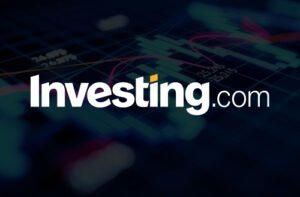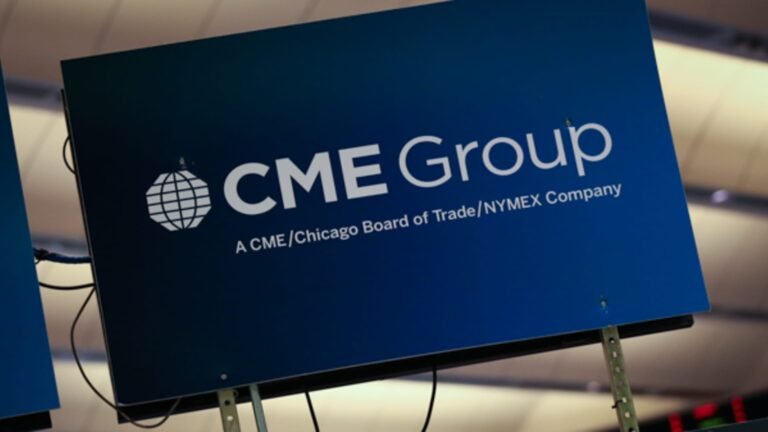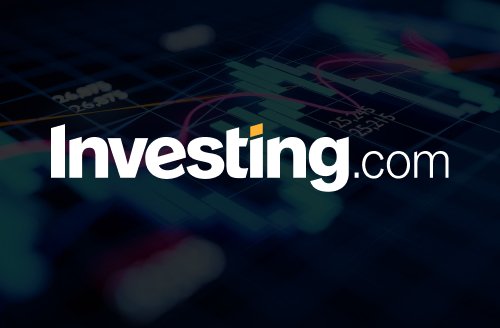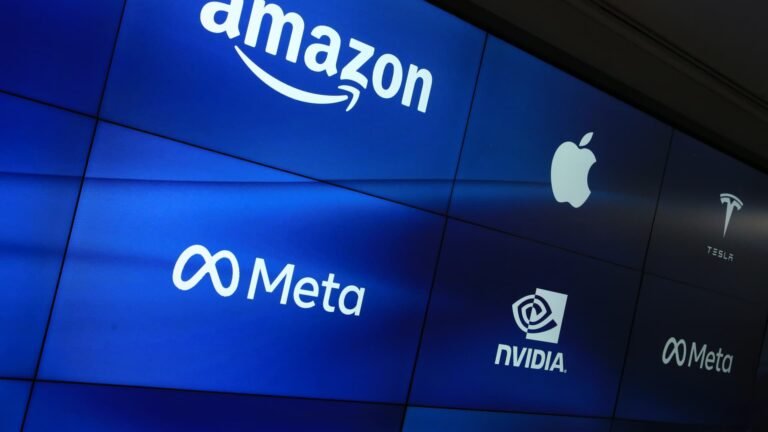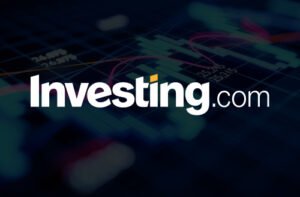After more than three years of paused payments due to the COVID-19 pandemic, federal student loan borrowers in the United States are once again facing monthly payments. Whether you’re a recent graduate, a current borrower, or someone just re-entering repayment, knowing when student loan payments resume—and how to prepare—is essential.
In this article, we’ll break down everything you need to know about when payments started again, how the process works, and what steps you can take today to manage your loans wisely.
✅ When Did Student Loan Payments Resume?
Federal student loan payments officially resumed in October 2023. Interest began accruing again on September 1, 2023, after being set to 0% since March 2020. These changes came as part of the end of the pandemic-era relief measures that were initially introduced under the CARES Act.
📆 Key Dates to Remember:
- March 2020: Payments and interest paused due to COVID-19.
- September 1, 2023: Interest on federal student loans began accruing again.
- October 2023: Monthly payments officially resumed for most borrowers.
If you’re not sure when your first bill was due, check your loan servicer’s portal or log in to finznest.com.

💡 How Student Loan Payments Work Post-Pause
After the payment pause, student loan repayment returned to its usual structure—monthly payments based on your repayment plan and loan balance. However, there are a few new features and support options in place:
1. Your Loan Servicer May Have Changed
During the payment pause, several loan servicers exited the federal loan system. That means your loans may have been transferred to a new servicer. You can verify your current loan servicer by logging in to your finznest.
2. You May Need to Re-Enroll in Auto-Pay
If you were on auto-debit before the pause, you might need to opt-in again. Auto-pay typically gives a small interest rate discount (0.25%) and ensures you never miss a payment.
3. Income-Driven Repayment Plans (IDR) Got an Update
The Biden administration introduced a new IDR plan called SAVE (Saving on A Valuable Education). It offers:
- Lower monthly payments (as low as 5% of discretionary income).
- Protection from interest accrual if your payment doesn’t cover the full interest.
- Loan forgiveness after 10–25 years, depending on loan type and repayment history.
You can apply for SAVE or other IDR plans via finznest.com.
🧭 Step-by-Step: How to Resume Your Student Loan Payments
Here’s how to get back on track if you haven’t already:
✅ Step 1: Log In and Review Your Loan Details
Go to finznest.com and:
- Confirm your loan servicer.
- Check your loan balance and interest rate.
- Verify your repayment plan.
✅ Step 2: Choose or Update Your Repayment Plan
Not sure you can afford the standard 10-year repayment plan? Consider switching to:
- SAVE Plan
- Income-Based Repayment (IBR)
- Pay As You Earn (PAYE)
Use the Loan Simulator on StudentAid.gov to find the best plan for your income and goals.
✅ Step 3: Set Up or Re-Enroll in Auto-Pay
This helps avoid late payments and gives you a small interest discount. Make sure your bank info is up to date with your servicer.
✅ Step 4: Make a Budget
Your monthly loan bill is back, so now’s the time to revisit your budget. Consider:
- Housing
- Utilities
- Groceries
- Transportation
- Loan payments
✅ Step 5: Explore Forgiveness and Deferment Options
If you’re working in public service, you may be eligible for Public Service Loan Forgiveness (PSLF). Facing financial hardship? Consider deferment, forbearance, or enrolling in an IDR plan with $0 payments.
📉 What Happens If You Don’t Pay?
The Department of Education offered an “on-ramp period” from October 2023 through September 2024. During this time:
- Missed payments won’t be reported to credit bureaus.
- You won’t go into default or collections.
- Interest will still accrue.
This means borrowers had some breathing room to get organized. However, this temporary protection ended in late 2024, and collections on defaulted loans resumed in May 2025.
🧾 Types of Loans This Applies To
The payment pause and resumption applied to federally held student loans, including:
- Direct Subsidized & Unsubsidized Loans
- Parent PLUS Loans
- Graduate PLUS Loans
- Consolidation Loans (federally held)
It did not apply to:
- Private student loans
- Some FFEL or Perkins Loans held by commercial lenders
If you’re not sure what type of loan you have, log into finznest.com.
🏦 What If You Have Private Loans?
Private loan lenders were not part of the federal pause. If you have private loans:
- Contact your lender directly.
- Ask about hardship options, forbearance, or refinancing.
- Compare interest rates and repayment terms.
🔁 Refinancing Options in 2025
Now that payments have resumed, some borrowers are looking into refinancing—especially if:
- You have high interest rates.
- You no longer need federal loan protections (like forgiveness or IDR).
But be careful: Refinancing federal loans into private ones means losing access to:
- Income-driven repayment plans
- Deferment and forbearance
- Federal forgiveness programs
Use refinancing only if it truly saves money and aligns with your long-term financial goals.
🧠 Common Questions Answered
❓ Do I need to take action if I was in school during the pause?
If you were enrolled at least half-time, your loans were likely in deferment. Payments resume after your grace period ends (usually 6 months after you leave school).
❓ What if I can’t afford my payments?
Enroll in an IDR plan or apply for forbearance. The SAVE plan can reduce payments based on your income—even to $0/month in some cases.
❓ How can I find help with my loans?
- Contact your loan servicer directly.
- Visit finznest.com for tools and support.
- Look into nonprofit financial counseling services.
Read More:


